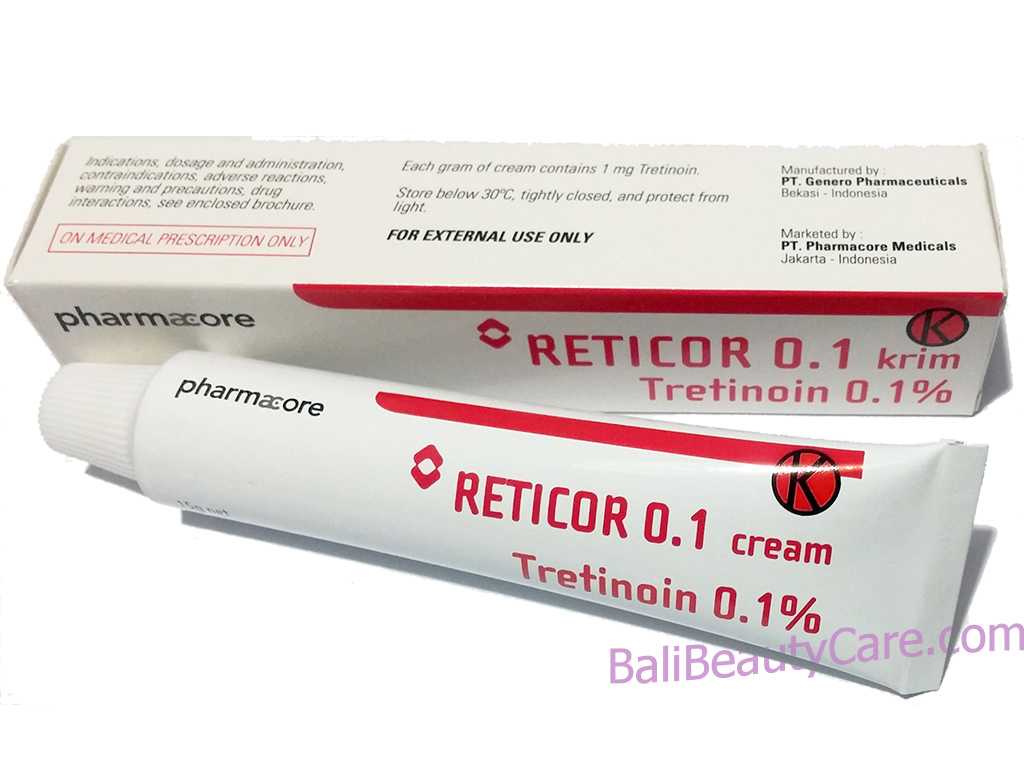Tretinoin and retinol are both Vitamin A derivatives that can be used to treat anti-aging, acne, and uneven skin tone. They also speed up desquamation (shedding of dead skin cells) and unclog pores, allowing other medications to work better.
Studies have shown that high-strength tretinoin improves fine lines, mottled hyperpigmentation, and increases collagen production in as little as 4-6 weeks.
Strength
Retinol and tretinoin are both part of a group of topical vitamin A derivatives called retinoids, which help to improve the tone and texture of skin. Retinol is available in a variety of products including gels, creams and lotions and can be purchased over-the-counter without a prescription. Tretinoin is a stronger product that can cause skin dryness, peeling, and redness and is only available with a prescription from your dermatologist or healthcare professional.
Both tretinoin and retinol have similar properties and are effective at treating the same problems, such as fine lines, hyperpigmentation and acne. However, tretinoin is more powerful and is in the form of an active ingredient called retinoic acid which means it can work immediately whereas retinol needs to undergo additional reactions before working.
Because of this, many people choose to start with a less powerful retinol product and then gradually transition to tretinoin. This also helps to reduce the risk of sensitivity or other negative side effects.
Side Effects
Both tretinoin and retinol can be used to treat acne and reduce fine lines and wrinkles. Choosing between the two will depend on your skin’s sensitivity and how serious your concerns are.
Tretinoin works by irritating your skin to stimulate cell growth. This causes your skin to turn over faster, revealing fresh new skin and reducing blemishes. It also reduces the size of your oil glands, preventing excess production that can lead to clogged pores. Because it can be so intense, tretinoin is only available with a prescription from a dermatologist or healthcare professional. Common side effects include redness, dryness, peeling, stinging, and sun sensitivity.
Retinol is more gentle than tretinoin but still targets the same things, like boosting collagen, reducing wrinkles, and improving skin tone. It’s not as effective at treating breakouts, however. As with any skincare treatment, always consult a dermatologist or healthcare professional before starting any new products.
Acne
Both retinol and tretinoin can help reduce acne breakouts. However, tretinoin is stronger and typically more effective in treating blemishes. It can also be more invasive and have more side effects than retinol.
It’s important to follow your dermatologist’s guidance when applying tretinoin or retinol. Using them more often than prescribed can cause irritation and lead to skin damage. Additionally, it’s a good idea to avoid other treatments that can interfere with the effectiveness of your retinoid creams such as chemical exfoliants and facial hair removal (like waxing or sugaring) since these can irritate the skin.
Retinoids break down quickly in light, so they are typically applied at night and stored in opaque tubes or dark containers. They should be kept in a cool, dry place and may even benefit from being refrigerated. Both tretinoin and retinol increase collagen production which helps reduce fine lines and wrinkles. They can also brighten the complexion and improve texture. However, both products can increase your sun sensitivity so it’s a good idea to wear sunscreen daily, especially if you’re using a stronger concentration of retinol or tretinoin.
Aging
Both tretinoin and retinol work to reduce the appearance of fine lines, lighten hyperpigmentation, regulate oil, and even skin tone. However, tretinoin is more effective because it’s stronger and can produce anti-aging results 2 to 3 times faster than retinol.
Both ingredients can also help reverse the effects of aging by preventing collagen loss and encouraging new collagen production. But tretinoin is better for addressing photoaging—damage caused by sun exposure—as well as the natural aging process of intrinsic aging.
Retinol is typically a better option for younger patients who don’t have extensive wrinkles yet and want to prevent more from forming. However, if your signs of aging are becoming more apparent as you enter your 30s, 40s, or 50s, it’s a good idea to talk with a dermatologist about transitioning from retinol to tretinoin. Fortunately, we make it easy to get a prescription-strength retinoid formula tailored to your unique skin concerns with an in-person or online consultation.tretinoin vs retinol
